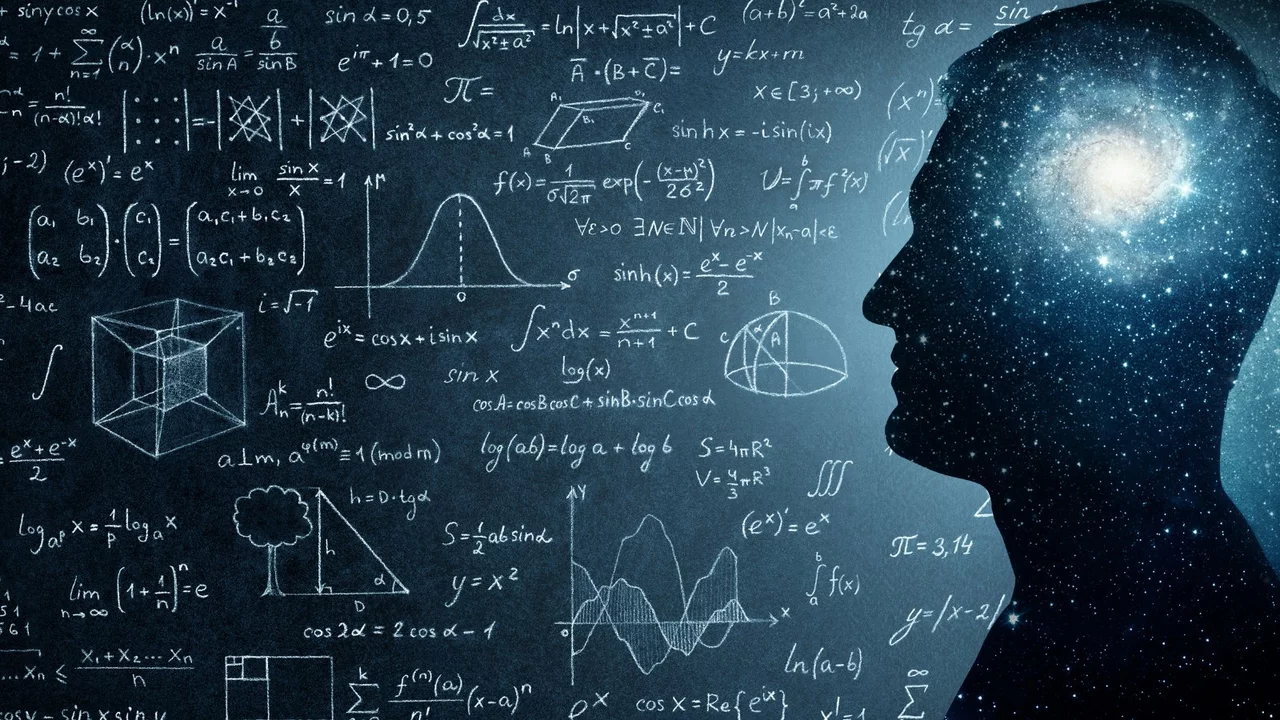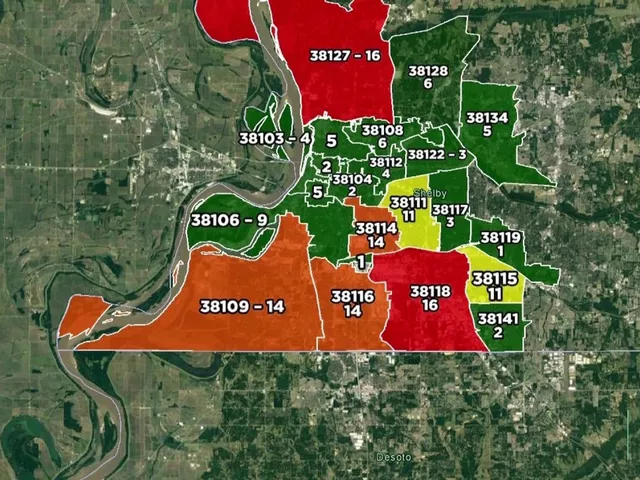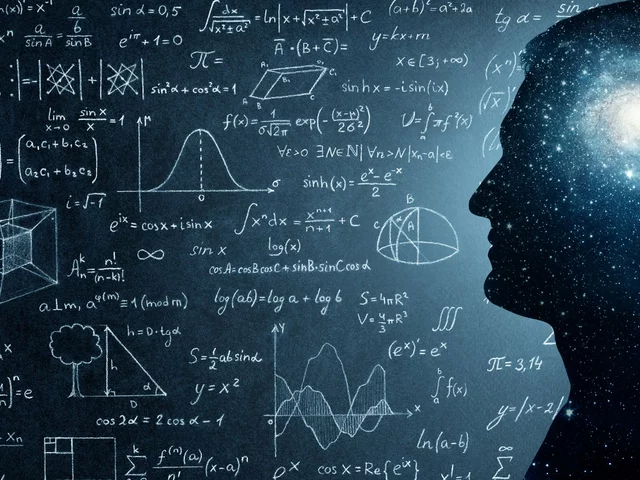The Symphony of Science: Harmony found in physics, music, math, and art
I remember, distinctly, just last week Reed succumbed to a wave of frustration as he battled with his latest math assignment. It's not his forte. Perhaps the numbers refuse to come alive for him like the strings of his cello. I told him, with the wisdom of age "Son, music and math are more alike than they seem". Of course, he gave me the expected "oh Dad, sure" eyeroll. That's why today, I decided to pen down some thoughts, delving into this paradox of parallels between pockets of perception we often believe have a strict delineation.
Painting the notes: Music and art
We often find ourselves swaying to the rhythm of a tune, lost in the climax of a symphony, or entranced by the lilting melody of a song. Much like music, art holds a similar power - of weaving a tale without uttering a word. Reminds me of a story when Kendall painted what looked like a tornado. It was nothing but bold strokes of fiery red and black spirals with contrasting blues. He told me it was actually his representation of Beethoven's Symphony No. 5. Music to his ears was color on the canvas. The rhythm, the crescendo, the fortissimo, and the silences, they all had a color, a texture, a stroke. On a less personal note, Kandinsky, the father of abstract art, was known to see music when he painted. Now that's a synesthetic experience!
Strings Theory: Connecting physics and music
Physics and music, an unlikely duet, one might think. But, hold that thought. You see, the connections are quite profound. Every strum on a guitar string, every beat on a drum, the resonating sound of a flute, they're all governed by the laws of physics. The pitch, the volume, the overtone, everything has a definitive equation. Once my Scottish Terrier, Max, was curiously fiddling with Reed's guitar. His paw actually plucked a string and voila, it made a sound! It was because the frequency of the vibrating string, the speed of the vibration, and its wavelength all danced together, in tune with the laws of physics, to create that sound. So, inadvertently old Max was a musician for a few seconds!
The Rhythm of Calculations: Mathematics in music
Remember the rhythmic chant "Two-four-six-eight, who do we appreciate?" Math isn't just about calculations and numbers. It's also about patterns, sequences, and yes, rhythm. A simple sequence of beats in a bar of music, the structure of a melody, the pattern of a rhythm – they all have mathematics embedded in them. The same patterns can be found in a Fibonacci sequence or a Pascal’s triangle. In fact, Pythagoras, a remarkable mathematician, was deeply interested in music and found a numerical relationship in musical harmony.
A Perspective of Perfection: Looking at math through art
Ever observed the geometric precision in the layout of Da Vinci's Last Supper or the use of linear perspective in Raphael's School of Athens? It's math in action, folks. Art isn't just a nebulous splash of colors expressing emotion. It also involves precise calculations, angles, and perspectives. The principles of Golden Ratio have been used in many famous art pieces. Mathematics has quite a lot to contribute to the precision and perfection we seek in art.
The Physics of Art: Visualizing nature’s laws on a canvas
Art has a boundless territory, and physics is no stranger here. The beautiful effect of light and shadow in Vermeer's Girl with a Pearl Earring, the depiction of astronomical events in Van Gogh's Starry Night, or the mere illusion of movement in Duchamp’s Nude Descending a Staircase, are all tribute to the laws of physics! On a humorous note, Orion, my pet parrot loves staring at the swirls in the Starry Night while bobbing his green crown, as if comprehending the turbulent fluid calculations hidden inside!
The Ultimate Polyphony: Interplay of physics, music, math, and art
In conclusion, these four different fields, which seem to dwell in separate domains, share a seamless bond and help give a full view of the world around us. They're intertwined in a bewilderingly beautiful way, painting a grand symphony of life! They teach us that life and experiences are multidimensional. They reveal that the magic of this universe lies in its varied harmonies, its complex rhythms, its bold strokes, and its precise calculations. So, next time when you hit a note on your piano, paint a sunset, calculate your groceries budget, or read about a new physics theorem, give a thought to these hidden connections. It would give you a whole new perspective! We are all artists, musicians, scientists, and mathematicians in our own right.





